Our Model
WaterSHED used a systems approach to make water, sanitation, and hygiene markets work better for everyone.We brought rural consumers, small businesses, and local government into the market so that aid organizations can get out of the way.
We didn’t drill wells, give away toilets, or teach people how to wash their hands. Instead, we strengthened the market for water, sanitation, and hygiene to make it more sustainable, inclusive, and efficient.
We thought at the margin to identify strategic opportunities and gaps in the wider system with in-depth research and then followed the evidence to get the biggest impact with the smallest footprint. And we didn’t just replicate our successful programs, we consolidated them as systemic change.
Demand generation
Supply chain development
Civic Champions
Financing
Innovation
Women in WASH
Businesses

We brought consumers into the market
Our aim was to shift the mindset of everyone in the system – including government, product suppliers, NGOs, and even consumers – from thinking of rural families as helpless and waiting to receive free hardware to consumers with refined wants, aspirations, and spending power. Read more…
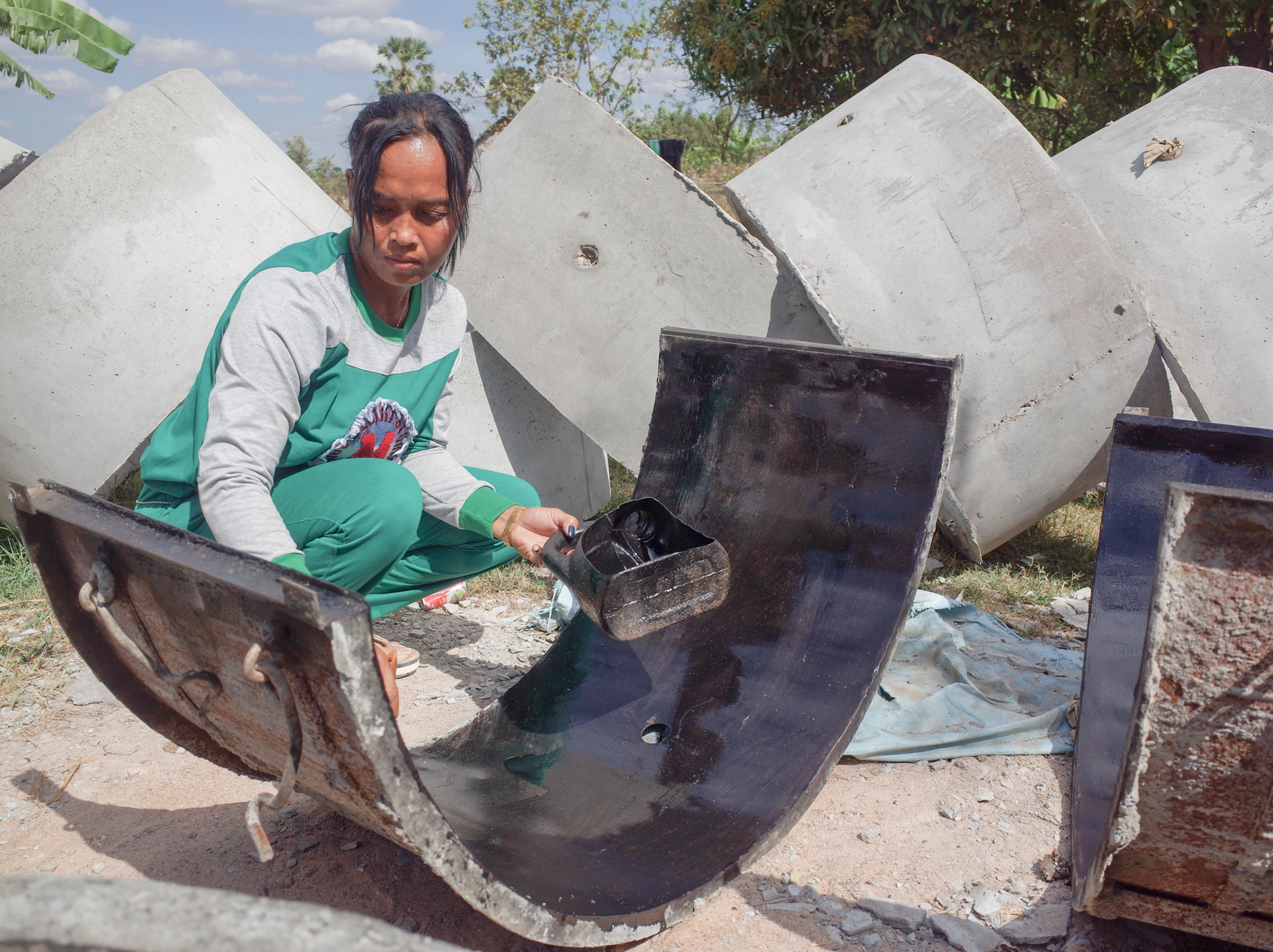
We brought small businesses into the market
Thriving WASH businesses represent a critical component of the market that must grow in lock-step with demand. Our aim was to build an efficient, responsive supply chain in rural areas where none existed before, cultivating consumer-focused, rather than donor-focused, local businesses.
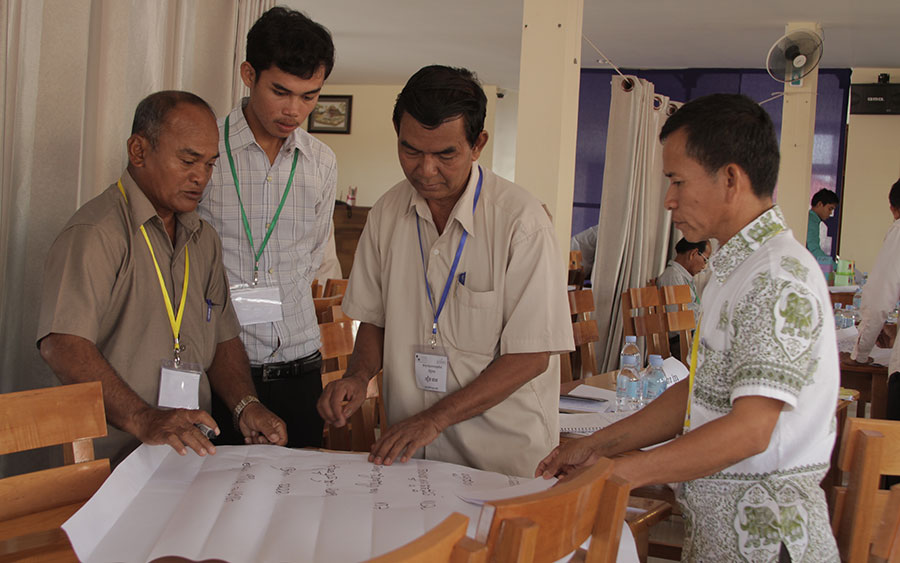
We brought local government into the market
We proved that markets are extremely efficient in achieving large scale change. But local government is essential in the drive for 100% coverage and practice of safe water, sanitation, and hygiene behaviours. Being skeptical of traditional capacity development approaches, we experimented with transformational leadership programs that demonstrated tremendous results.
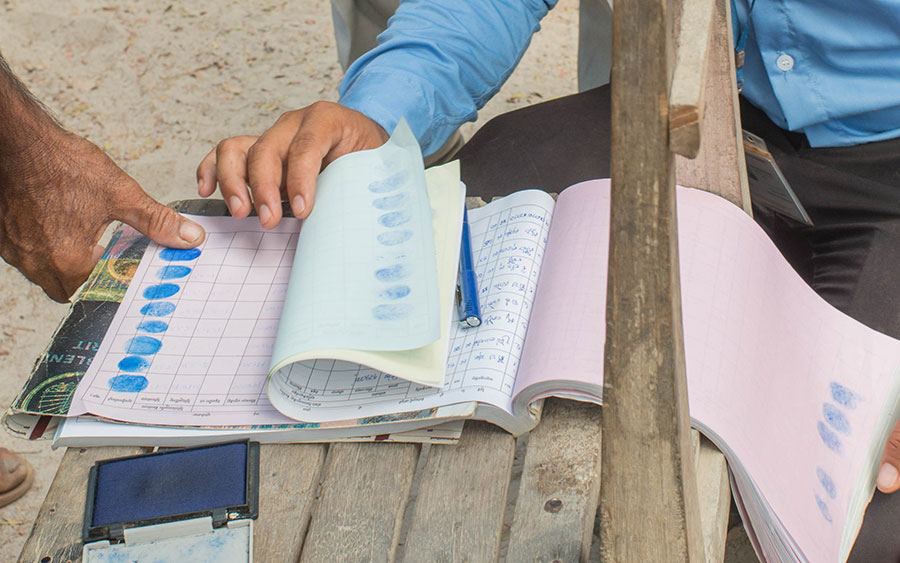
We brought financing into the market
To increase market penetration of WASH products, it was critical to integrate micro-finance into the system. Access to micro-finance significantly lowered the barrier to purchase latrines and other WASH products and services. But not just on the consumer side, we looked at small business financing options to ensure actors in the supply chain are set up to succeed.

We brought design-thinking into the market
We translated in-depth insights from consumers and producers into sustainable solutions — from simplifying complex construction projects into off-the-shelf products so that consumers can easily assess price, payment, delivery, and installation — to creating aspirational hardware designed to change behaviours.
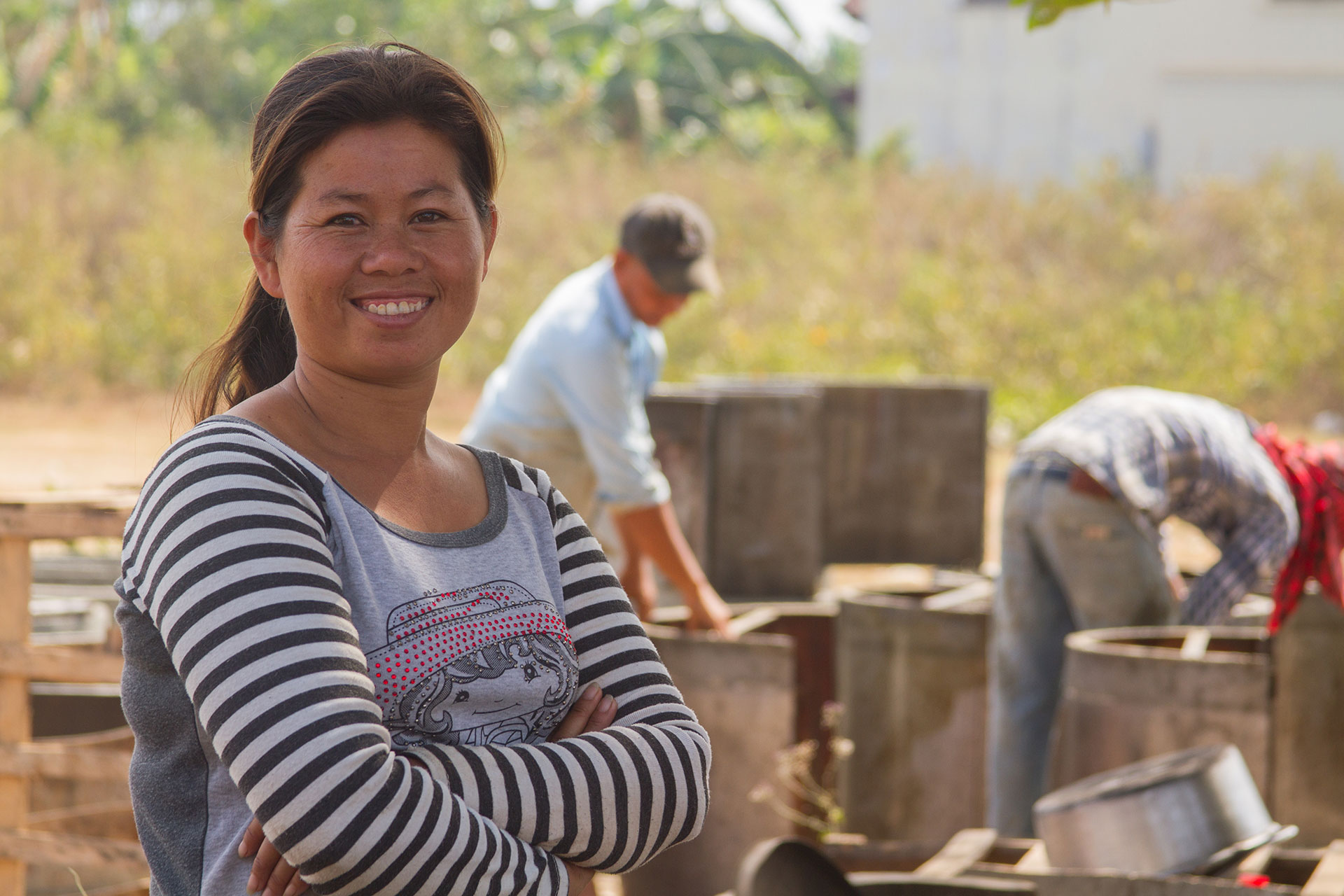
We brought women into the market
A market will not be sustainable if half the market is missing. Women are key decision makers when it comes to keeping their families healthy. But they are often excluded from the economic opportunities in the water, sanitation, and hygiene industries. We aimed to deepen their participation as business owners, sales agents, and informed consumers. Read more…
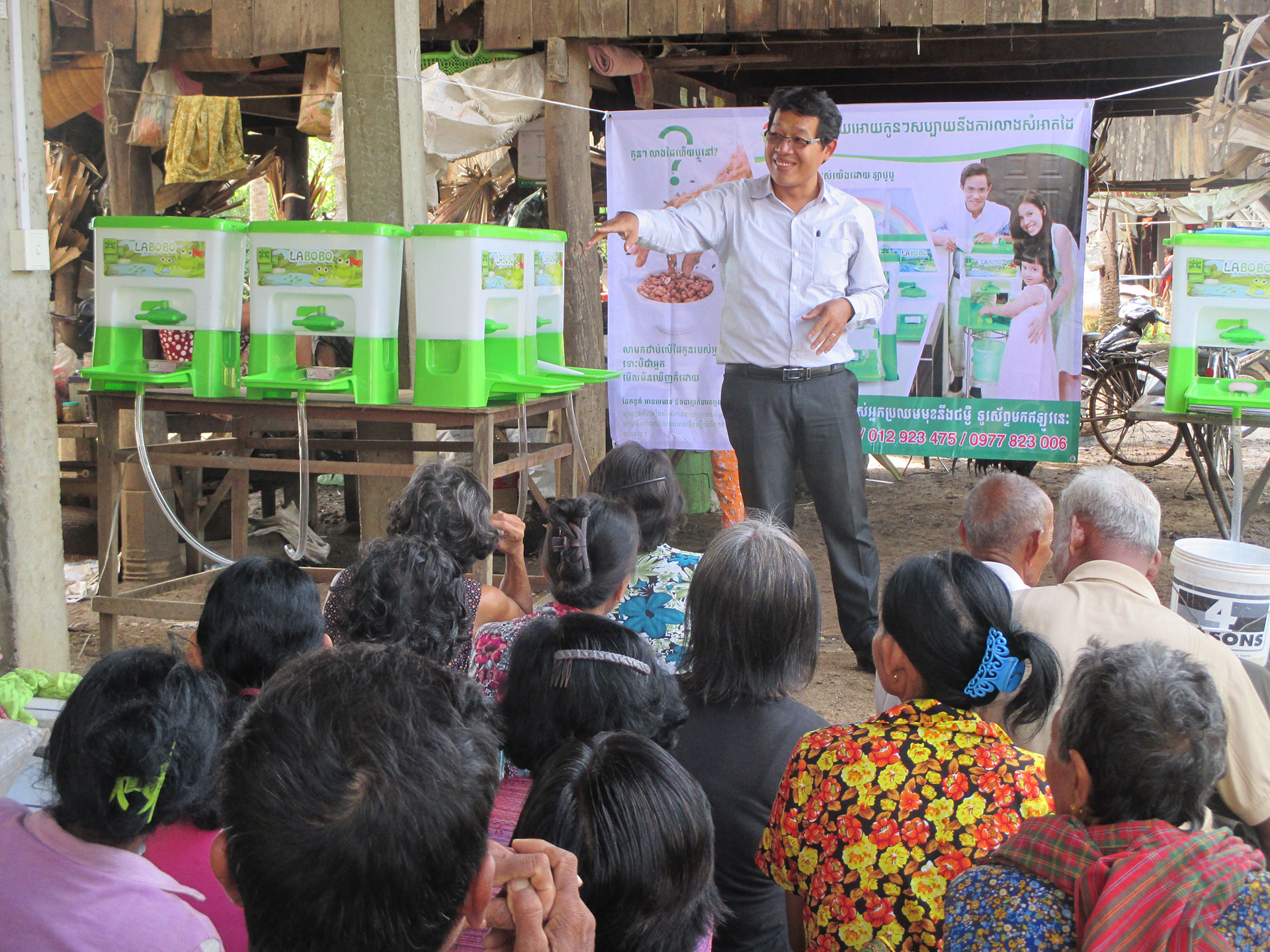
We brought social businesses into the market
We were not afraid to take on challenging market opportunities that had the potential to disrupt the status quo. Our social businesses accelerated consumer investment in toilets, water filters, and handwashing devices. Read more…
Aiming for the exit
WaterSHED’s signature Hands-Off approach referred to our behind-the-scenes role as an industry facilitator, engaging both the private sector and government to lead improvements in WASH sustainability, access, and behaviours.
A key feature was discipline – both to maintain a light touch and to avoid actions that create dependencies. Sounds easy, but in practice, it meant having a concrete vision of how things are going to work post-intervention, and then not developing any processes that we knew wouldn’t last.
Fundamentally, we believed that a sustainable outcome required the facilitator to progressively exit as its role is succeeded by private and public sector actors. The best way to ensure that is to have an exit strategy right from the beginning.
Our goal was to minimize external intervention and to reduce the barriers to market entry so as to increase the likelihood that demand creation and growth of supply will continue after the project interventions cease. Once the program has ended, who is going to do what, how, and with what resources.

